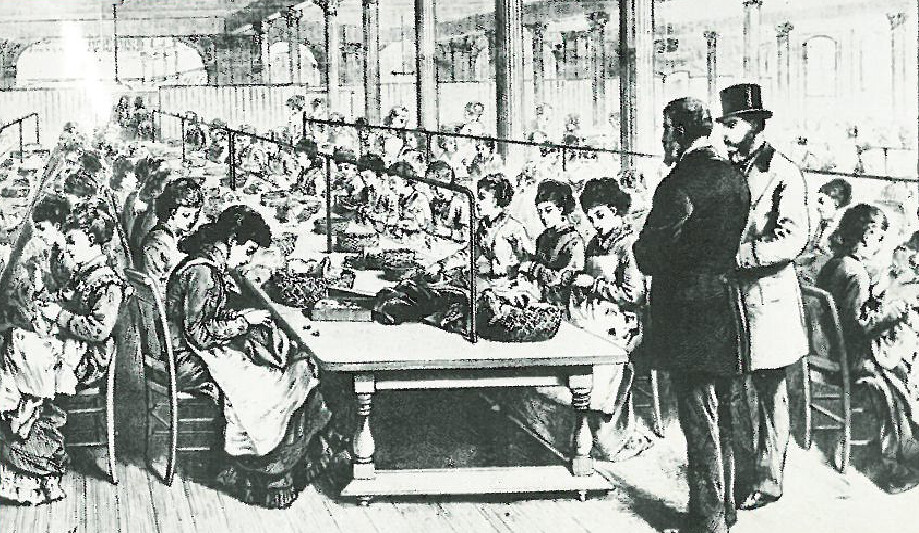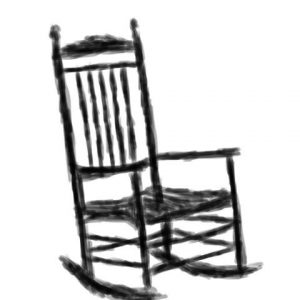Google and the Hemispheres

The Industrial Revolution had been churning for a hundred years. Results were impressive. Standards of living were climbing. Sure, urban slums were miserable, but many historians believe they beat the squalor in rural villages.
But industrialization was messy and not just from a pollution standpoint. Labor itself was messy. There was no good way to measure labor efficiency, so workers “soldiered” (expended the minimum effort required to avoid getting fired). Because labor was plentiful and cheap, factory owners didn’t much worry about it. They accepted that’s “just how things are” and threw a lot of labor hours at projects that probably could’ve taken a lot less time.
Then Frederick Winslow Taylor brought a stopwatch to work at the Midvale Steel plant in 1881. He started timing the workers’ every movement, breaking down each job into smaller steps and timing them, then re-assembling the movements in different ways to see which combinations were fastest.
Productivity at the Philadelphia plant soared. Scientific management was born. Twenty years later, at age 45, after he had made millions through consulting fees and patents, he retired and focused on spreading the good news about scientific management.
He assured readers and listeners that scientific management would, in the words of Nicholas Carr, bring “a utopia of perfect efficiency.” It would bring “maximum speed, maximum efficiency, and maximum output.”
Whereas the Industrial Revolution previously bellowed, now it would hum. The same principles of scientific management would be applied to business in the Electronic Age. Today, they govern business in the Digital Age.
Read the rest


